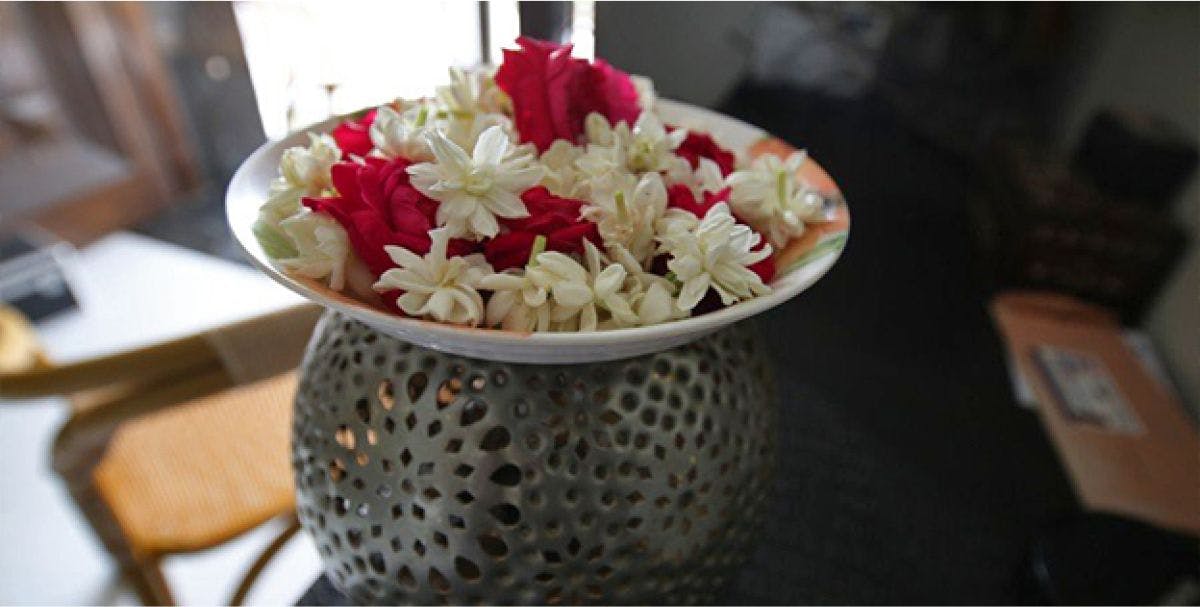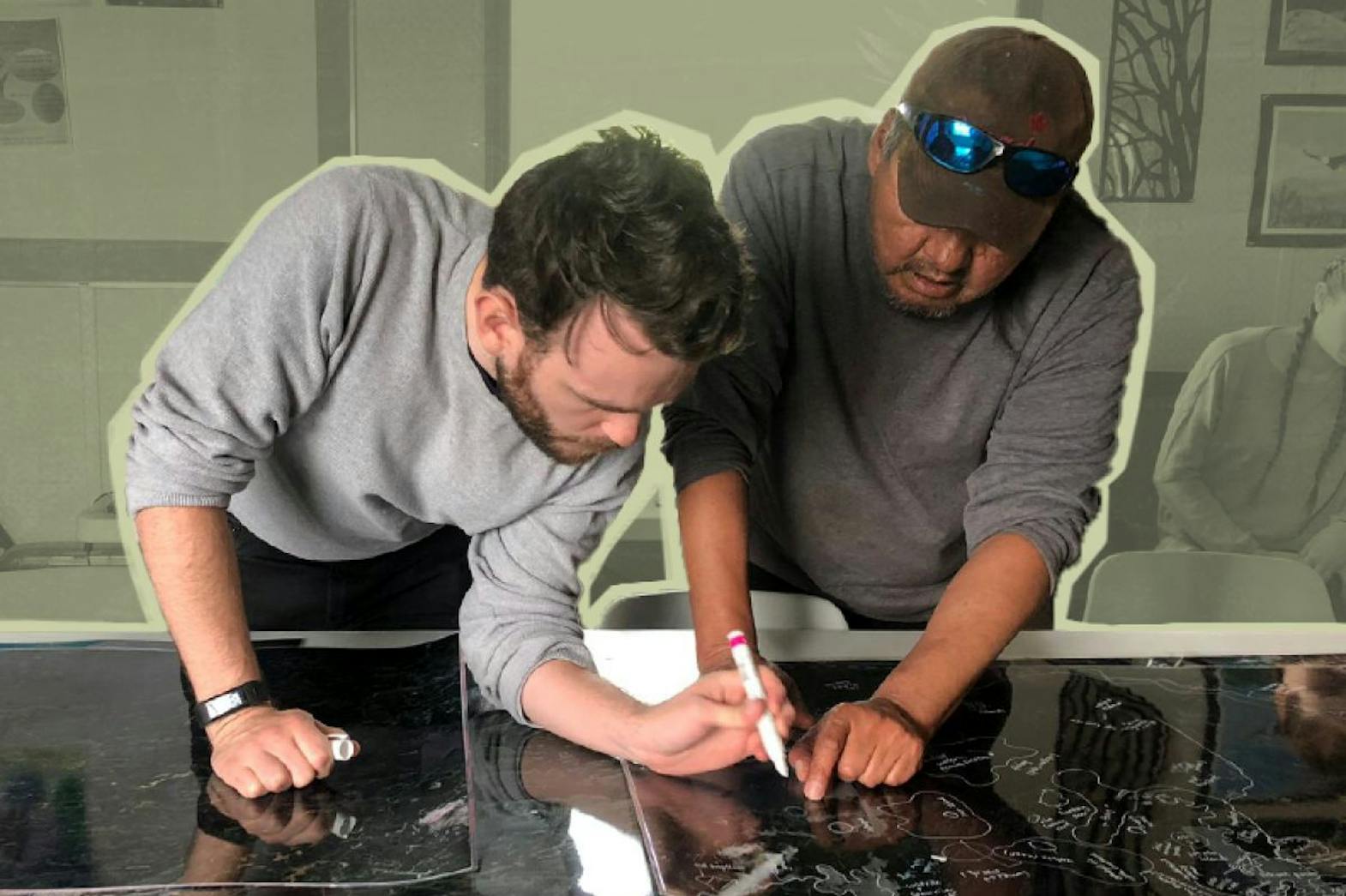In working with First Nations and Metis Elders and Knowledge Keepers, one of the recurring frustrations I hear from the Elders I have the incredible honour to sit with and listen to is that there are no words in English to truly capture what they are saying, or that they would need an entire paragraph to describe something deeply fundamental to their identity and still feel like it doesn’t quite capture it, or that it loses its power when described in English. I’ve been thinking a lot about this lately for my own native languages – Urdu and Punjabi and have increasingly realized that in the best-case scenario, something is indeed always lost in translation.
I’ll use my language(s) and two concepts to illustrate this. Khandaan and Maraasim. Both concepts lie at the heart of my cultural identity and are closely tied together.
If you asked those who speak Urdu and English, they’d likely give you a paragraph describing what both words mean. Let’s start with khandaan.
Khandaan – lineage, ancestry, family, household, bloodline. There are several lines of thinking on the origins of the word khandaan – the most popular belief, though, suggests ‘khana’ as house, and ‘daan’ as vessel, holder, or house – with the meaning becomes household. And typically, a household would traditionally include parents, children, grandparents, great grandparents, cousins, and more. Making khandaan more than just the north American notion of a nuclear family unit.
For most families, khandaan means a unit that pools their resources exercises significant internal influence on decisions, including economic ones and personal ones such as marriage or careers and raising children. My upbringing was significantly influenced by uncles and aunties (which includes parents’ cousins, for the record). Any of these folks could recalibrate my behaviour at any time, and I was accountable to them all. They each warranted the same level of respect and obedience as my birth parents. And yes, my recalibration could happen (and often would) in the presence of my birth parents with no offense taken whatsoever. If I misbehaved, any of my uncles and aunties could and often did speak up. The notion of khandaan then extended to beyond just the household as some members decided to set up their own four walled households. In essence, then, the word khandaan meant the entire lot of anyone that belonged in some direct and extended way to that unit.
Maraasim then refers to the somewhat unspoken code of conduct, set of rules, relations, etiquettes, protocols, customs, rituals, ceremonies, specific behaviours that somewhat define a particular khandaan internally and its dealings externally.
Fascinating and loaded.
So how does this relate to the world of planning, impact assessment, and peace building? Quite simply – in working with diverse groups (both within your organizations and with communities and/or stakeholders), know that at some level, concepts may be lost in translation, losing a little bit of magic every time an attempt is made to relay things in a non-native language, consequently eroding the depth of impacts. If our understanding of impacts is compromised, logic suggests our mitigation measures won’t go as far as they should either. Best case scenario, then, is an assessment or a plan that is decent, but probably nowhere close to being stellar.

So where to from here? What can we do as practitioners and planners?
- First thing – exercise humility. Acknowledge that using English as the dominant language, no matter how great a magician you think you are with it, for communication can (and does) result in loss of concepts and understandings in working with diverse populations for who English is not their native language. Without this acknowledgement, the rest will be, quite frankly, useless.
- Exercise deep listening. Express that you would really like to understand. Exercise curiosity.
- Take the time for people who speak other languages to articulate what concepts mean and how they may be impacted. They will only do this if they feel psychologically safe and can trust you to truly want to understand. It's all in the process.
- Say it back – what is your understanding of the concept relayed? Use as many words as you need to and ask if what you have written/expressed comes close to capturing the essence of what people are saying. Despite deep listening, my understanding has been corrected, refined, modified many, many times by Elders who have asked me to write concepts out. If English is not your native language, are the concepts being talked about similar to or identical to concepts in your culture? Exercise relationality where it feels appropriate.
- Finally – Get comfortable with bringing in other languages into your work. Use the non-English words to describe concepts. In a Harmonized Impact Assessment conducted by one of our clients Niiwin Wendaanimok, where traditionally English and then Latin names are used to describe species, Anishinaabemowin words were used instead to educate the reader. This important exercise represented an important step in decolonization and reclamation of their language and ways of being.
The principles above can apply to your clients and to your workplaces. Don’t be afraid of engaging in other languages. You may learn a thing or two build deeper connections with your peers and colleagues, and the journey may help contribute to building workplaces, work cultures, and professional practice that are inclusive and honour diversity.




